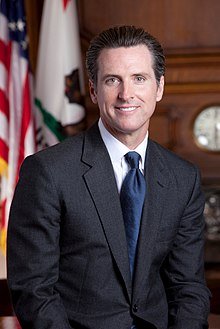Downey, CA…Governor Gavin Newsom joined Los Angeles County leaders today to announce that the county, among the largest public purchasers of prescription drugs in California, will partner with the state to use our combined market power to take on drug companies and lower the cost of prescription drugs.

Just moments after being sworn in, Governor Newsom launched a series of first-in-the-nation actions to make health care more affordable for all Californians and to move the state closer toward the goal of health care for all. Those proposals included an executive order to create the nation’s biggest single-purchaser system for drugs and to, ultimately, allow all Californians and private employers to sit together at the bargaining table across from big drug companies when negotiating prescription drug prices.
Today, Los Angeles County becomes the state’s largest local partner, and the first since the issuance of the executive order to join Governor Newsom’s effort. At the event, the Governor encouraged other local governments to join with the state to leverage our purchasing power.
“California is leading the nation in holding drug companies accountable and fighting prescription drug prices,” said Governor Newsom in announcing the partnership with Los Angeles County. “We will use our market power and our moral power to demand fairer prices for prescription drugs. And we will continue to move closer to ensuring health care for every Californian.”
Patricia Perez, California State President of the AARP, heralded the move and the Governor’s broader prescription drug push, “Thank you Governor Newsom for your leadership in taking a bold step to allow California to use its buying power to negotiate for lower drug prices.”
The Governor was also joined at the event by Los Angeles County Supervisors Janice Hahn and Hilda Solis and Director of the Los Angeles County Department of Health Services Dr. Christina Ghaly.
Last week, the Legislative Analyst’s Office wrote that the state Medi-Cal component of the executive order could potentially save the state hundreds of millions of dollars annually by increasing Medi-Cal’s bargaining power from 2 million to 13 million.
###


